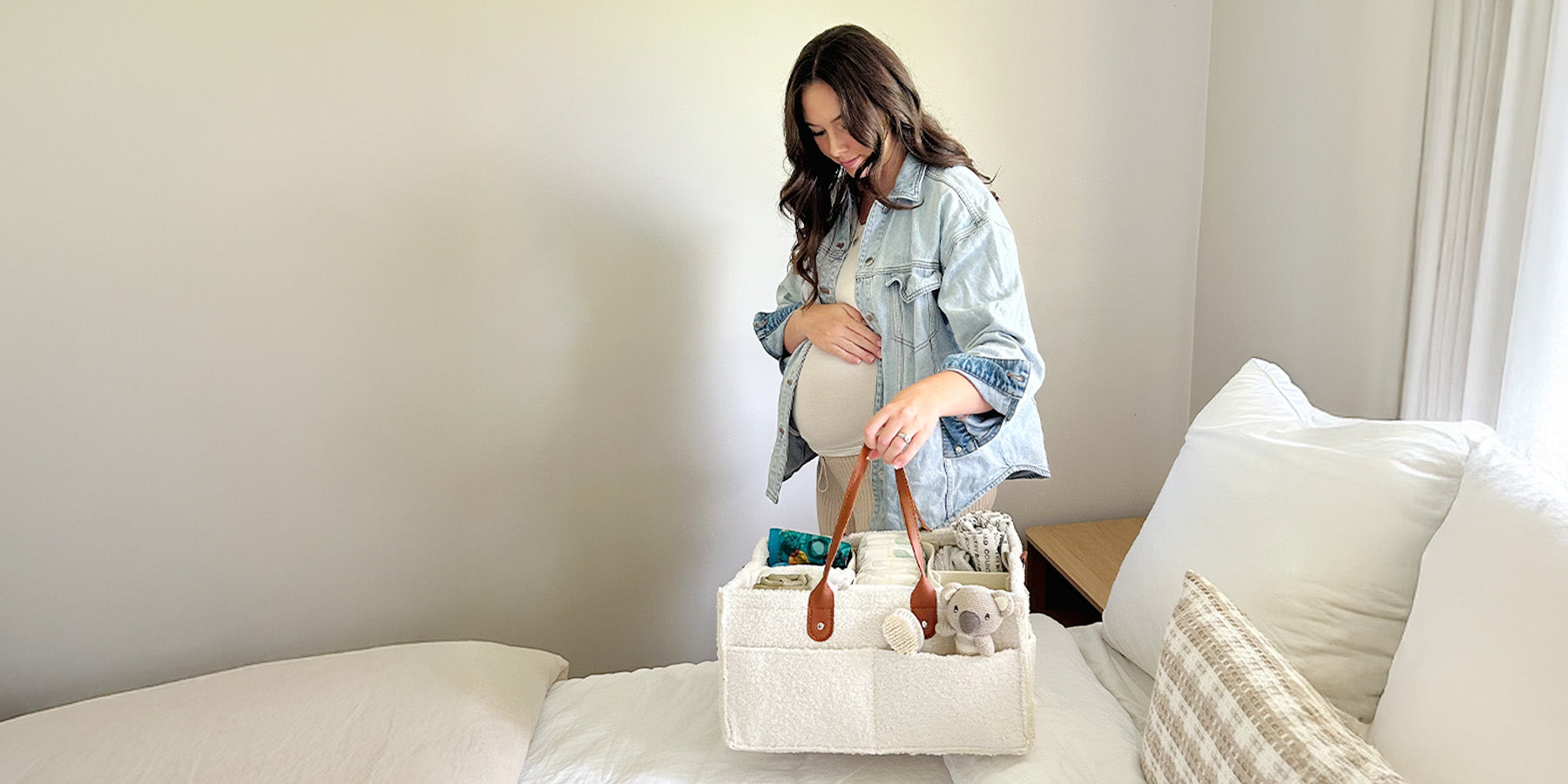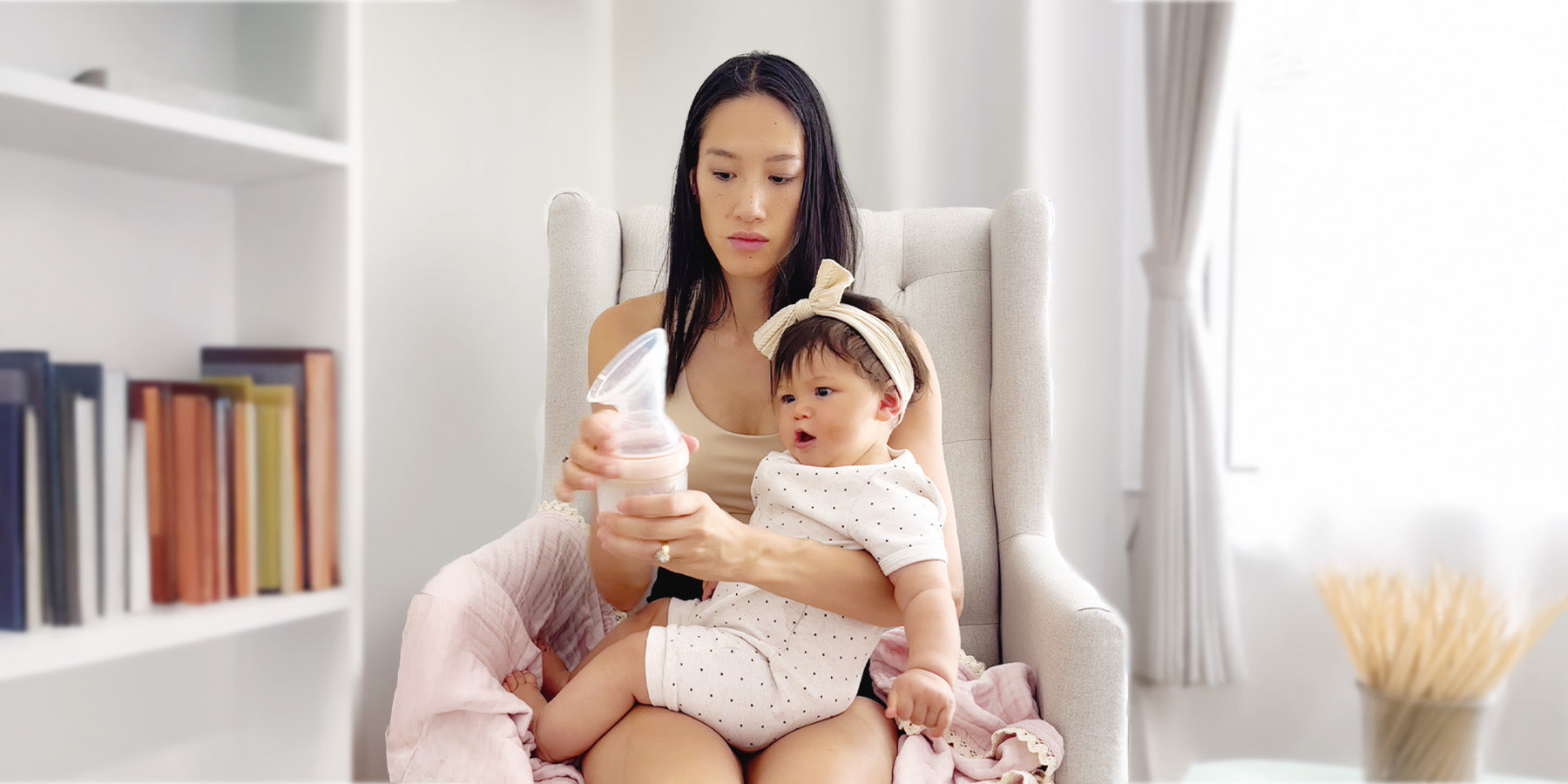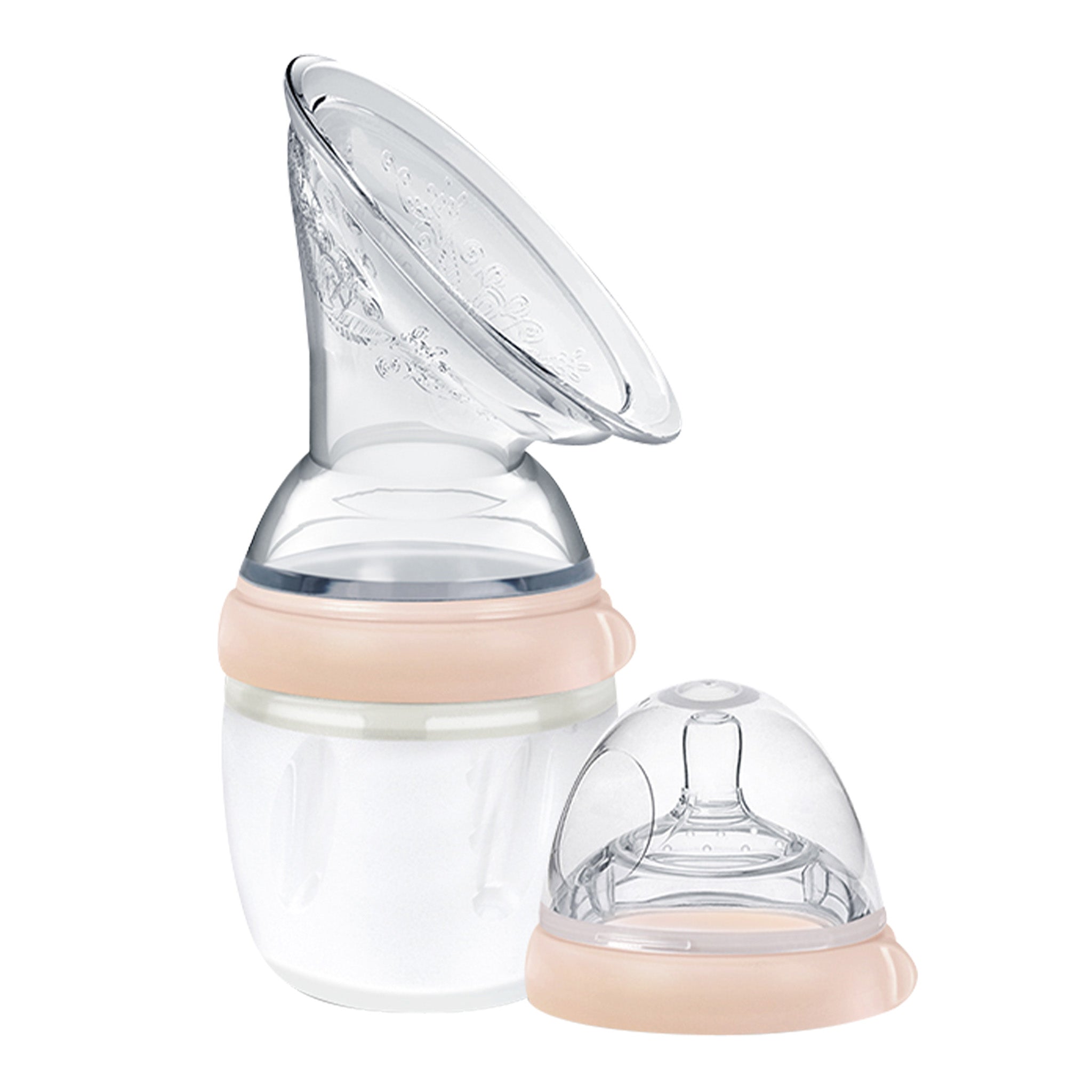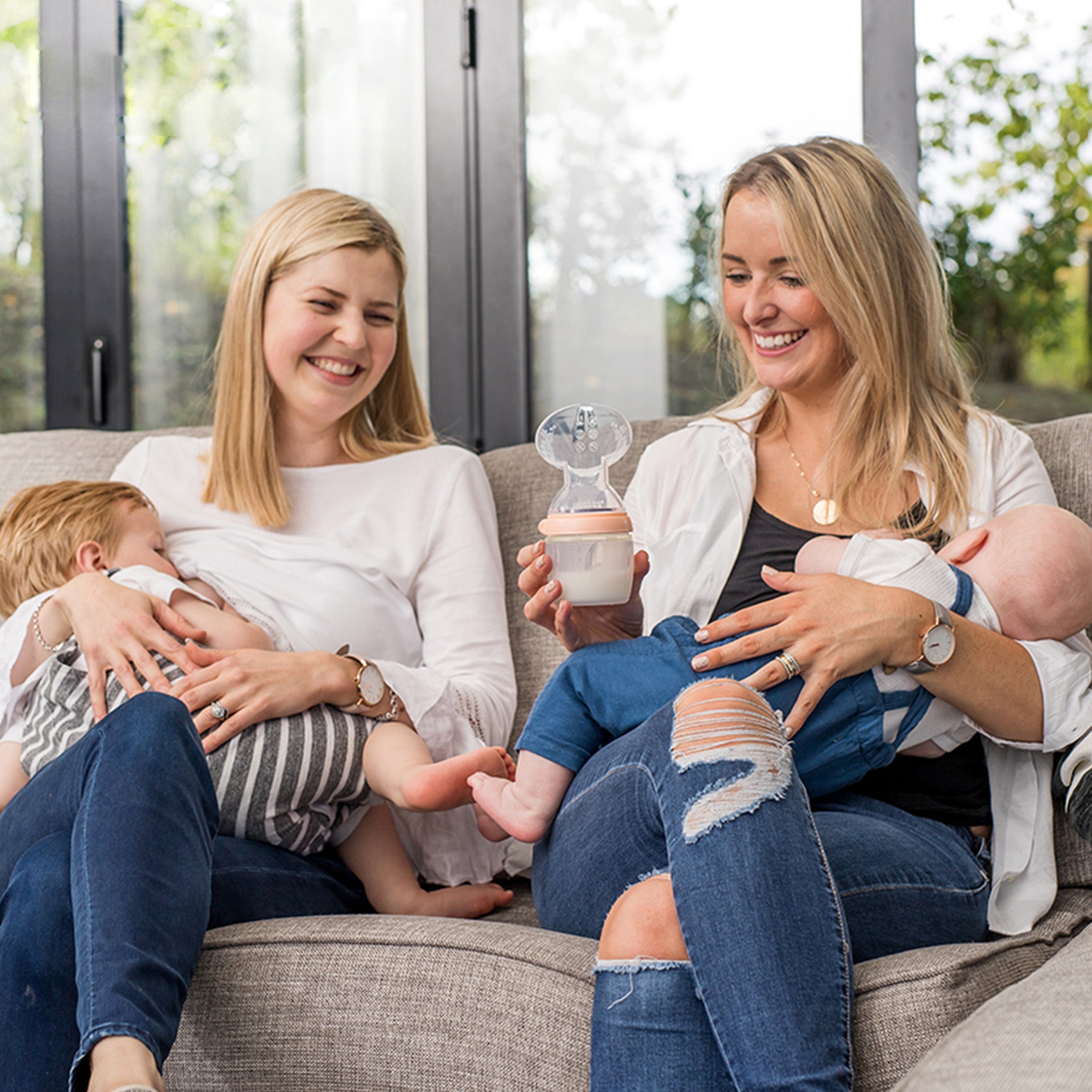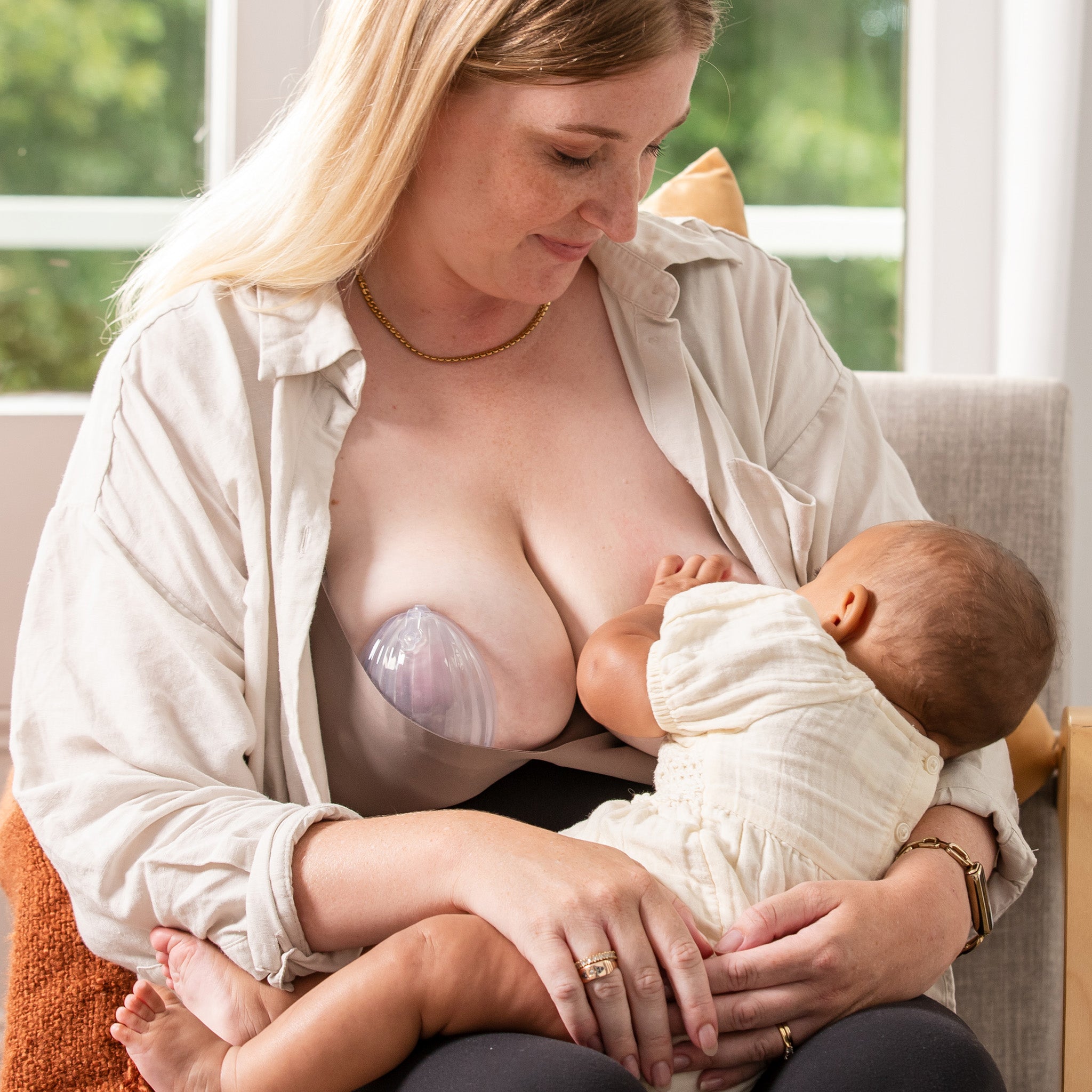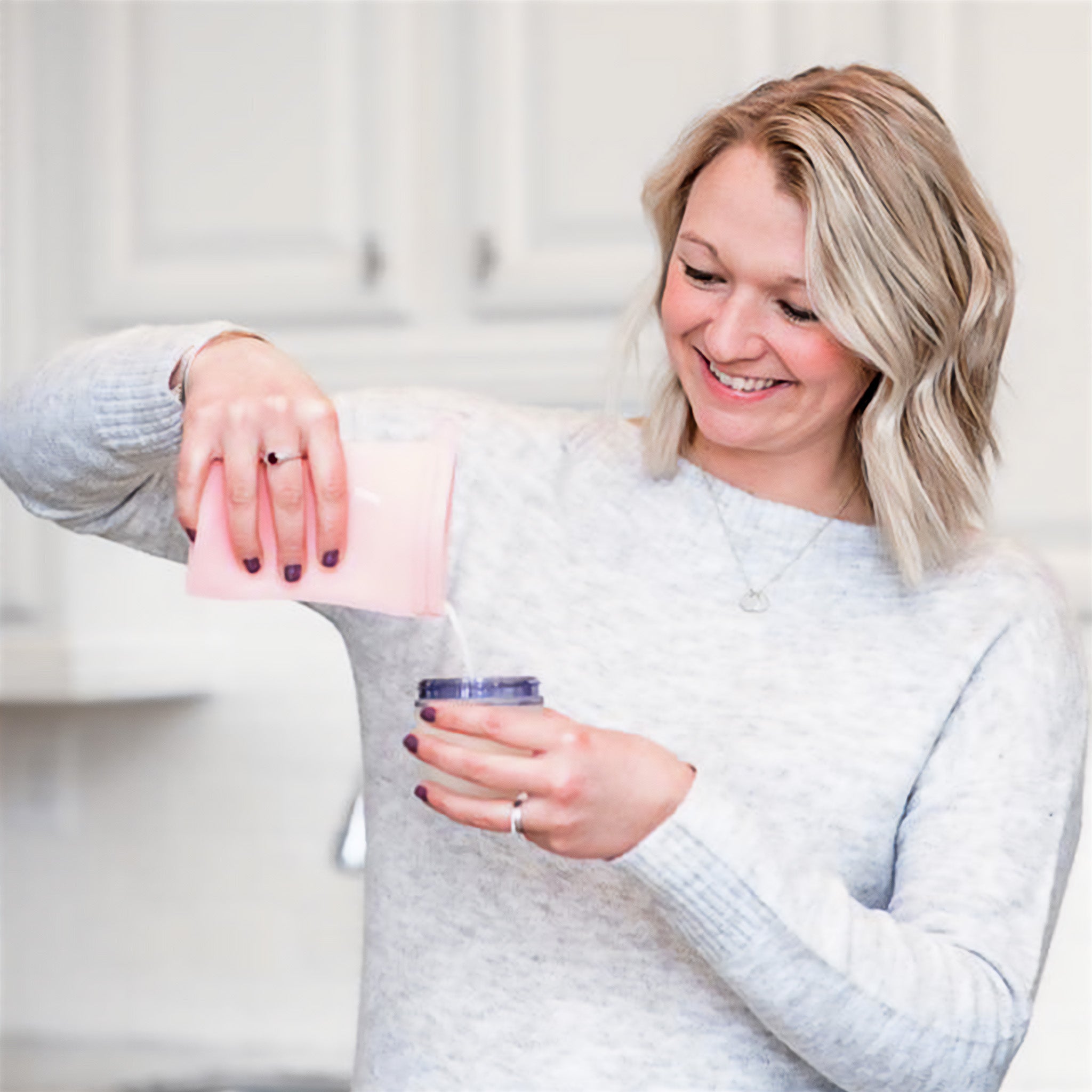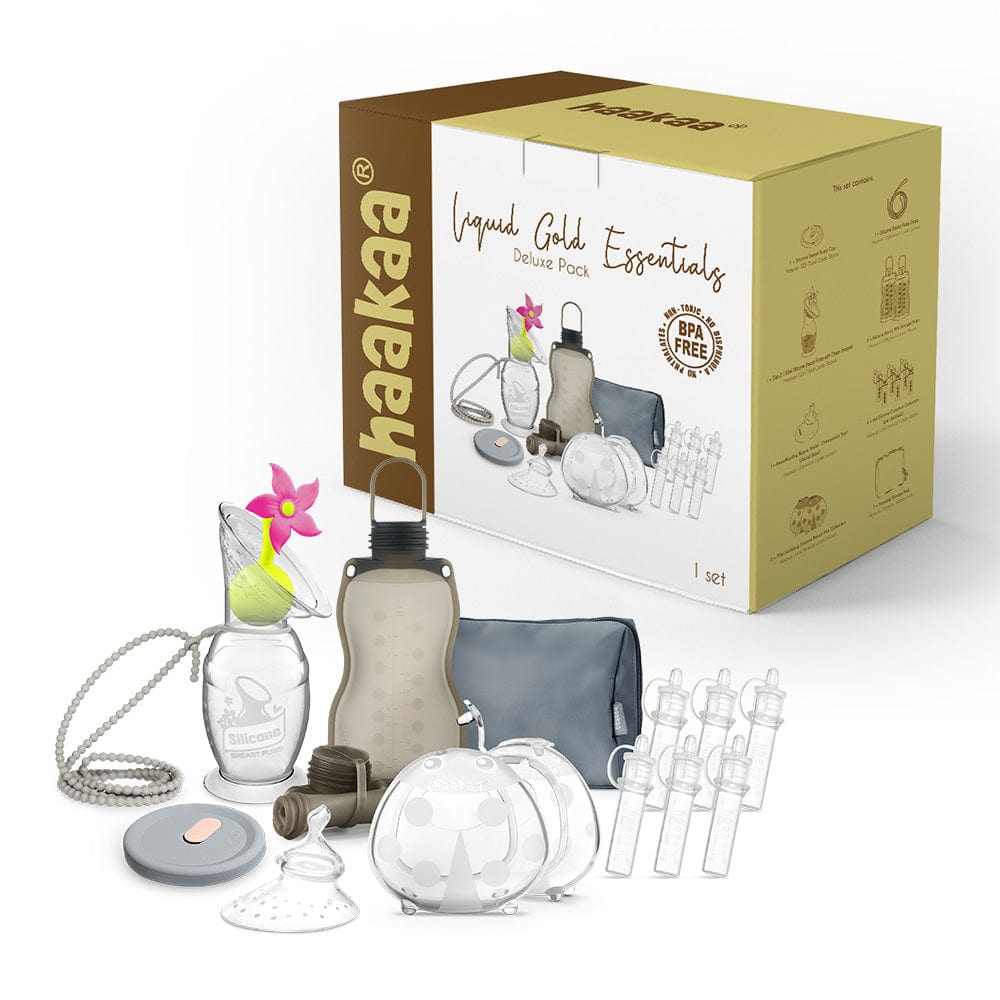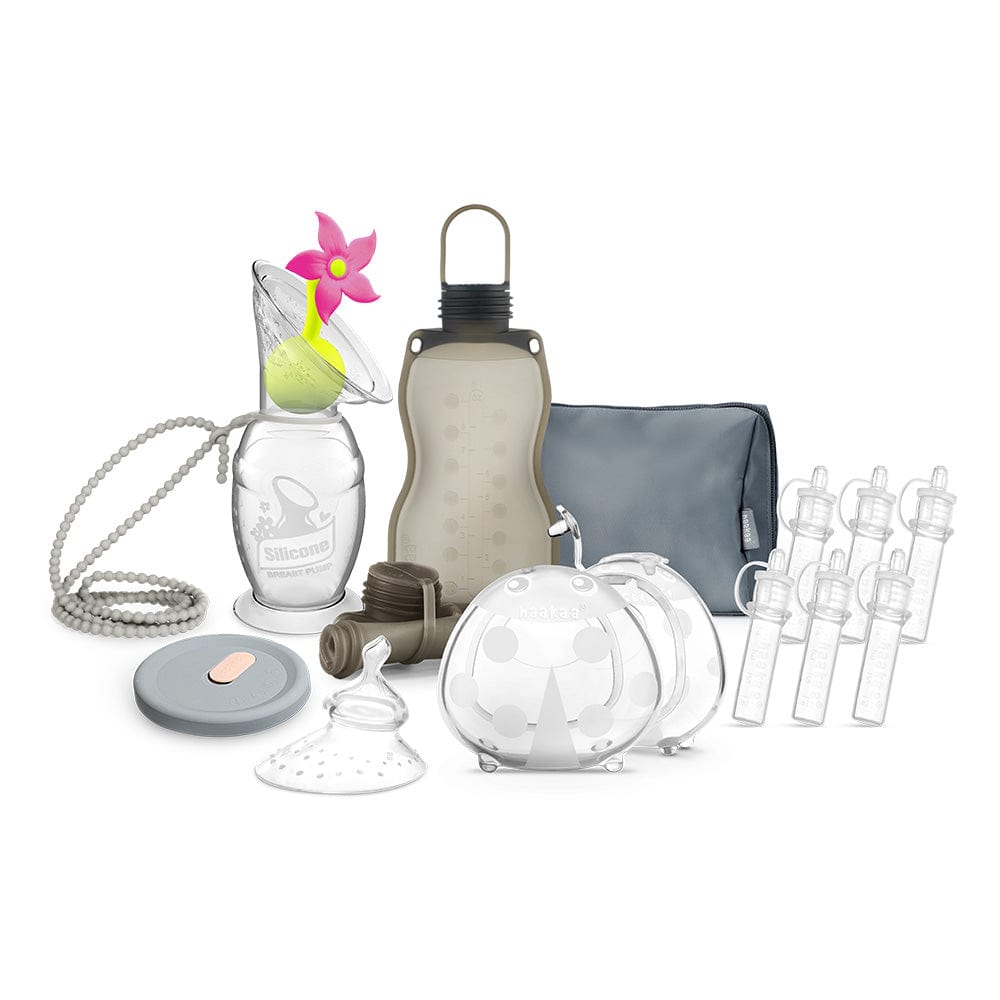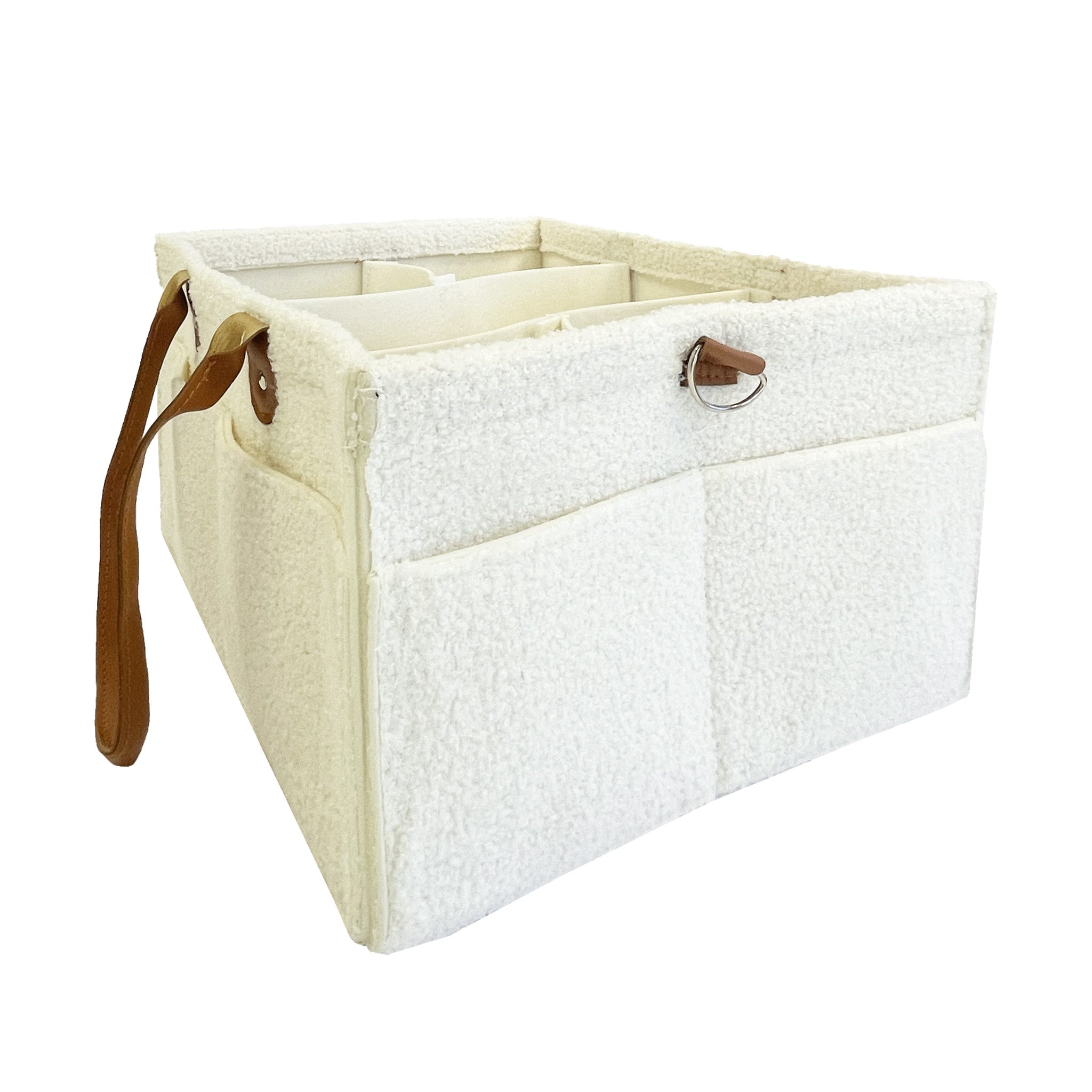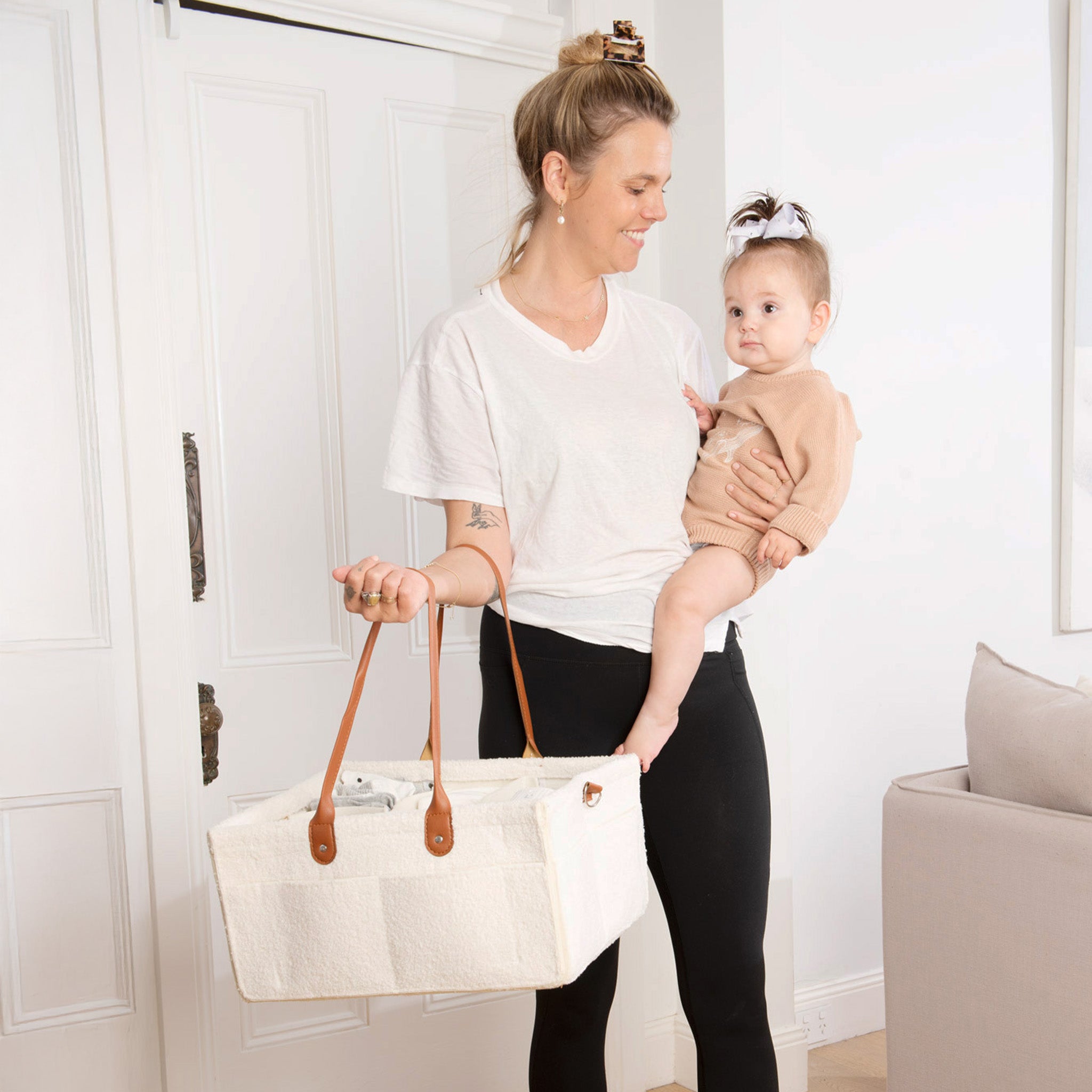Establishing breastfeeding after birth can take time, support and a whole heap of patience. For c-section mamas however, there may be a number of extra challenges to tackle.
Fear not however! Successful breastfeeding can absolutely be initiated after a cesarean. We spoke to Zoe Robson, Midwife and founder of website and ebook 'Midwife in My Pocket' to get the lowdown on what to expect after a c-section and how to get breastfeeding off on the right foot.

5 Expert Tips For Breastfeeding After a C-Section
When it comes to breastfeeding after a c-section, it is important to remember that there are going to be differences to breastfeeding after a vaginal birth. "A caesarean birth is completely different to a vaginal birth in numerous ways," says Zoe, "And this in itself makes a huge difference to recovery and your birth experience." Read on for Zoe's expert tips.
1. Recovery takes time
A cesarean, whether planned or emergency, is, at the very base level, major surgery. As such, it's important that new mamas remember that their body has been through quite an ordeal. "It can take a long time for your body to recover post surgery and it's important that you give yourself as much time and rest as possible," advises Zoe. "It's also important to remember that every caesarean is unique and every person will recover differently." Due to the cesarean process, there can be a slight delay in your milk coming in. "This is a normal physiological response to blood loss and pain," says Zoe. "Your body is using all its energy to heal before it focuses on bringing your milk in." What can you do? "Be patient, and kind to yourself and your body, and trust the process," says Zoe. "Lots of oxytocin, breast stimulation, plenty of TLC and baby cuddles at this time will go a long way!"
2. Correct pain management will make everything easier
Discomfort and/or pain after birth is not unusual. When it comes to a c-section however, it is super important that that pain is managed correctly so that you're able to be as comfortable as possible. "The pain after a c-section can be overwhelming," says Zoe, "it's important to that you understand your limits, rest whenever you can, and use pain relief as you need it." By getting on top of your pain early, you'll have batter chance of keeping it under control as you bond with your baby and learn to breastfeed.
3. Antenatal preparation can help breastfeeding success
While some c-sections are planned, others may come as a massive surprise. However your birth unfolds, having some colostrum on hand can be super helpful after birth. It's why your caregiver may suggest antenatal expression. "Antenatal expression can help you be prepared for whatever situation arises," says Zoe. "You can antenatally express (with the go-ahead from your health professionals) from 37 weeks gestation to build up a surplus of colostrum and get yourself used to the technique/handling your breasts." This expressed colostrum can come in handy if your milk takes a little longer to come in, which sometimes happens after a c-section (you can find out more and check out our colostrum collection kits here). Zoe advises new mamas who have had a c-section to keep hydrated, stay on top of pain relief and have as much skin to skin and feeding time as possible. "Breastfeeding works through a supply vs demand mechanism," she says. "Whatever you empty from your breasts, your body will replace." Plenty of stimulation via feeding or pumping is the best way to help your supply establish.
4. Find what works for you
When it comes to breastfeeding, there are plenty of different ways to latch baby onto the breast. After a c-section, some mums may find some breastfeeding positions more comfortable than others. "Many mams find the football hold to be comfortable following a caesarean," says Zoe, "as it prevents any pressure on their tummy." Side lying breastfeeding, where you feed lying down, is also a great one for tired and sore new mums. Milkbar director and mum-of-two Diana who has had two c-sections herself recommends learning to breastfeed lying down as soon as possible "You'll get more rest and it's so much gentler on your tummy," she says.
5. (Try) and be patient and seek support!
Zoe's biggest piece of advice? Believe in your body and your baby. "My biggest tip is to not rush your healing journey and trust the process," she says. "Your body will know what to do, be kind to yourself physically and mentally and enjoy these moments with your baby!" We also recommend seeking support wherever possible for both physical tasks that you may not be able to complete and to guide you in your breastfeeding journey. Your Midwife/Obstetrician and an IBCLC (International Board Certified Lactation Consultant) are all excellent first points of contact for finding the help you need.



